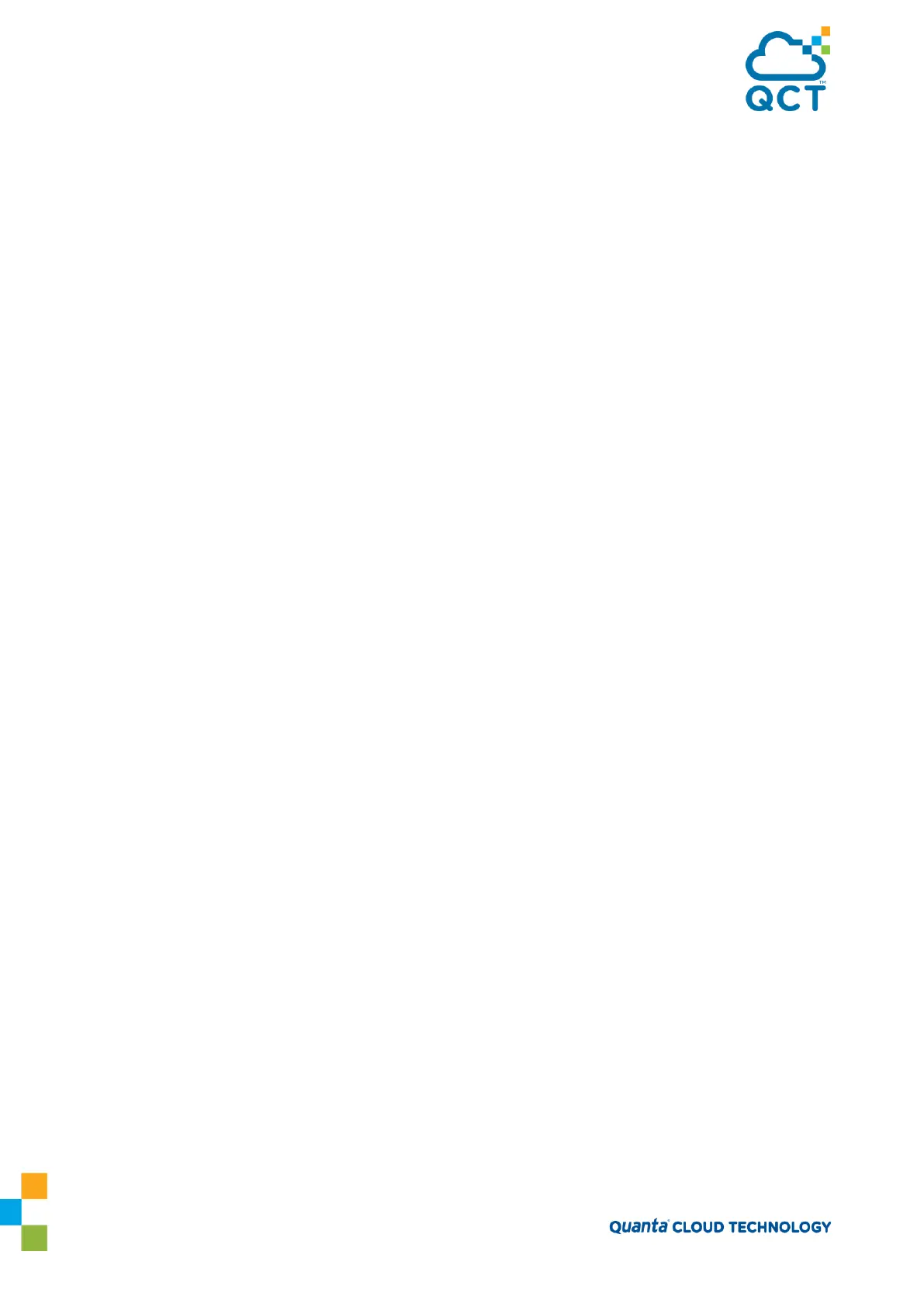197
(QCT) (if-vlan20)#ip helper-address discard dhcp
(QCT) (if-vlan20)#exit
6. Configure the switch so that DHCP packets received from clients in any VLAN other than VLAN 10 and
VLAN 20 are relayed to 192.168.40.22.
Note: The following command is issued in Global Configuration mode, so it applies to all
interfaces
except
VLAN 10 and VLAN 20. IP helper commands issued in Interface Configuration mode override the
commands issued in Global Configuration Mode.
(QCT) (Config)#ip helper-address 192.168.40.22 dhcp
(QCT) (Config)#exit
7. Verify the configuration.
(QCT) #show ip helper-address
IP helper is enabled
Interface UDP Port Discard Hit Count Server Address
-------------------- ----------- ---------- ---------- ------------------
7.5. Border Gateway Patrol (BGP)
BGP is an exterior routing protocol that maintains routing tables, transmits routing updates, and bases
routing decisions on routing metrics through exchanges of Network Layer Reachability Information (NLRI)
with network peers (known as neighbors) via TCP/IP sessions. BGP relies on the local route table, which is
populated by IGP routing protocols, in order to establish connectivity for routes contained within NLRI
definitions. For routes with established connectivity, BGP determines the best route among those learned
from one or more peers and then installs those routes to the local route table as well as advertises those
routes to its other peers. Local policy configuration is commonly used to filter NLRIs inbound and outbound,
as well as for modifying the attributes of NLRIs that are advertised to peers.
7.5.1. BGP Topology
BGP maintains routing information between routers within different Autonomous Systems (AS), where each
AS typically encapsulates a single IGP routing domain. BGP peers exchange NLRIs that contain an AS path,
which is an ordered set of AS values that describe the autonomous systems that must be traversed to reach a
network destination. Using a distance vector algorithm, BGP uses the AS path to determine the relative
distance to a network destination, and detects any potential routing loops. BGP has two types of
relationships
with its network peers: External BGP peering (EBGP) and Internal BGP peering (IBGP).

